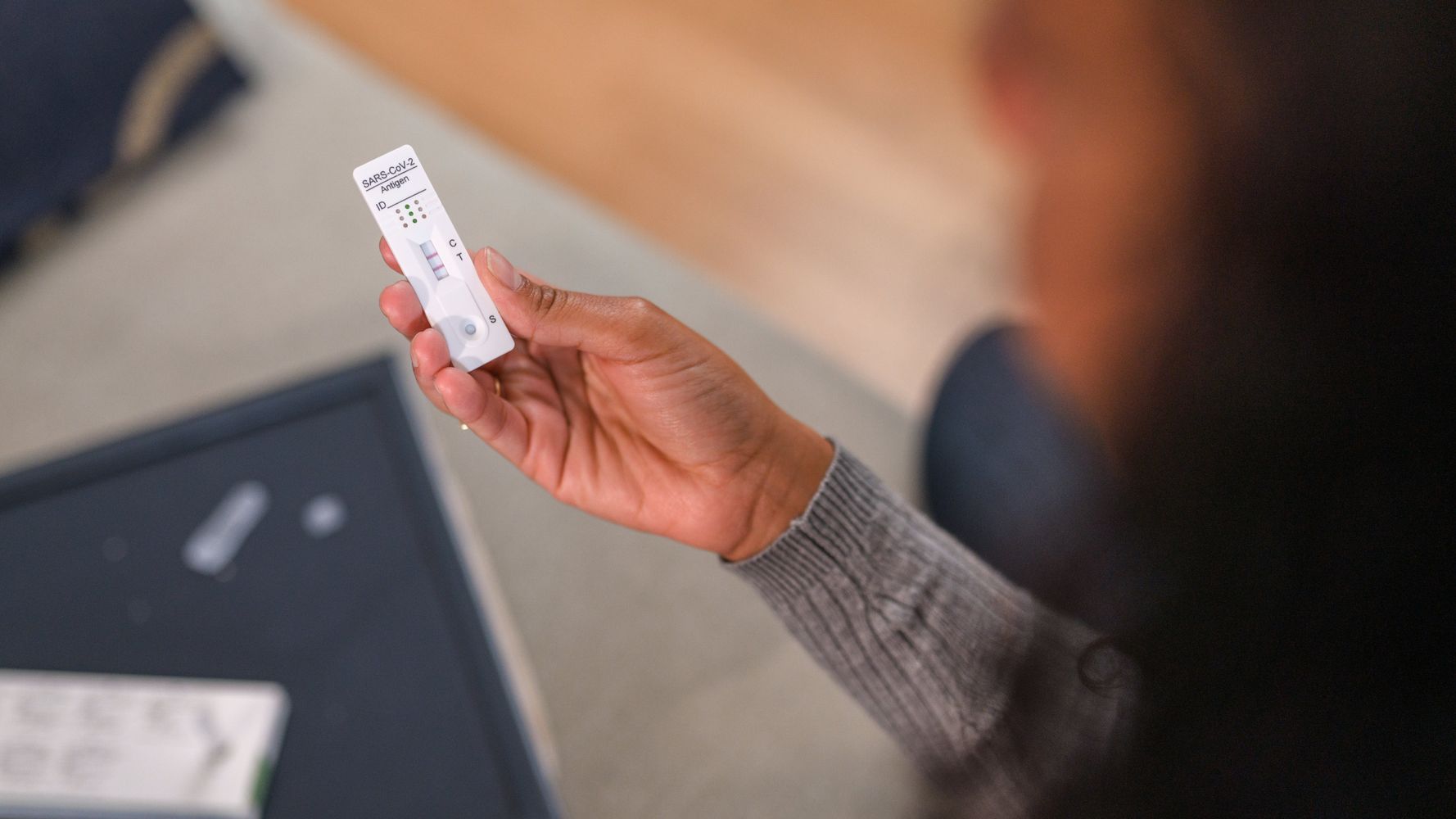Earlier in the pandemic, contact tracing data showed us where COVID-19 was predominantly spreading. Unfortunately, because our contact tracing efforts have slowed down, we don’t have as clear of a picture regarding where people are mostly likely to contract omicron and its subvariants.
What we do know is that, while the virus has evolved to be much more transmissible than previous variants, the way COVID-19 spreads hasn’t changed. “Nothing has changed in terms of how any individual right now, regardless of their day-to-day activity, can pick this virus up,” Mark Cameron, infectious disease researcher at Case Western Reserve University, told HuffPost.
Because of that, we can assume there are some hot spots for BA.2 and other omicron subvariants compared to others. Here are common places where COVID-19 still spreads, according to experts:
Crowded, indoor events
By now, we’ve all heard it a million times. COVID-19 spreads in crowded, indoor settings — think: gyms, restaurants, concerts, bars and the like.
Cameron said there’s no shortage of anecdotes about how the virus is spreading at such events. Massive outbreaks have recently been recorded after Phish’s four-night concert run, the White House Correspondents’ Dinner, and the annual Washington Gridiron Club dinner, as well as on cruises and after high school proms.
In crowded, poorly ventilated indoor settings, aerosols containing the virus can spread in the air and easily be inhaled by many.
“Similar to other COVID variants, BA.2 spreads more easily in crowded, indoor locations with limited ventilation,” said Bernadette Boden-Albala, director and founding dean of the Program in Public Health at the University of California, Irvine.
Households
COVID-19 is also known to spread easily between family members — and roommates — who live together. Research published by the Centers for Disease Control and Prevention in February shows that COVID-19 now has a household transmission rate of about 53%. Transmission is even more likely to occur when members of the same household are unvaccinated along with those who don’t wear a mask or isolate.
“The ability to transmit from one person to another in close quarters, that will still happen. Nothing has changed in terms of how we can catch this very infectious airborne virus when we are in close proximity to someone else,” Cameron said.
Boden-Albala said household spread is especially prominent in apartment living and multi-family homes, which reaffirms that COVID-19 ― and all its strains ― can be a disease of disparities.
Nursing homes and congregate living facilities
Since the start of the pandemic, COVID-19 has been shown to rip through senior care facilities. While recent data from the CDC shows that boosters significantly help nursing home residents avoid severe outcomes, nursing homes and other congregate living facilities are still prone to major outbreaks.
Seventeen long-term care homes in Winnipeg, Canada, reported outbreaks last week. A women’s prison in Vermont experienced an outbreak in late April, as have a handful of long-term care facilities in the state.
“Those are, since the start and still are, the hotbeds of outbreaks,” Cameron said.
Close contacts indoors
Andrew Noymer, an epidemiologist and demographer who studies infectious diseases at University of California, Irvine, said the main takeaway is that COVID-19 spreads indoors. “Anywhere you’re indoors, that’s where it’s spreading — anywhere and everywhere,” Noymer said.
Boden-Albala noted that BA.2 is spreading in places that are the usual suspects: “settings like bars and restaurants where attendees may share food and beverages or wear their masks intermittently — if at all.”
Whether you have dinner at a friend’s house, go over to a relative’s for game night, take a taxi, go into an office or go out to eat, if you are indoors, there is a risk you could catch COVID-19. While planes are typically less risky due to their powerful air filtration systems, people can still catch COVID-19 while flying if they are seated near someone who is infected. Despite the fact that masking is no longer required on planes, Noymer continues to recommend wearing an N95 mask on a plane.
The risk of being exposed to COVID-19 may be less now than it was in January, when the country experienced a massive surge, but it is still notable since the latest variants are that much more contagious.
“These new omicron variants are fit and they’re easily transmittable,” Cameron said.
Experts are still learning about COVID-19. The information in this story is what was known or available as of publication, but guidance can change as scientists discover more about the virus. Please check the Centers for Disease Control and Prevention for the most updated recommendations.


